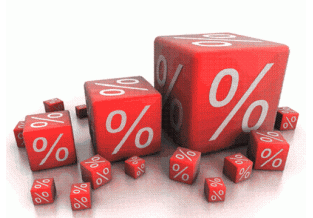
The Australian Bureau of Statistics (ABS) has released the Consumer Price Index (CPI) data for the June quarter 0f 2013, which once again showed a lack of inflationary pressures across the Australian economy, with the result coming in below economists’ expectations:
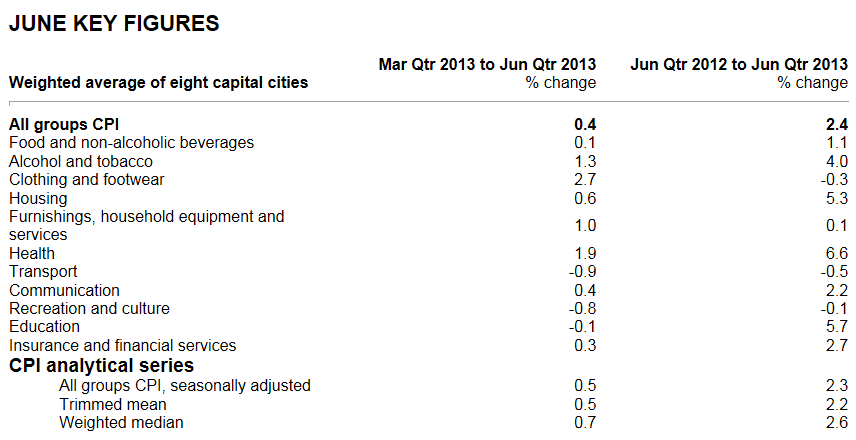
According to the ABS, headline CPI rose by 0.4% in the June quarter, which follows March’s 0.4% rise. You can also see from the below chart that inflationary pressures have moderated following the spike in the September quarter on the back of large increases in electricity and utilities prices following the introduction of the carbon tax:
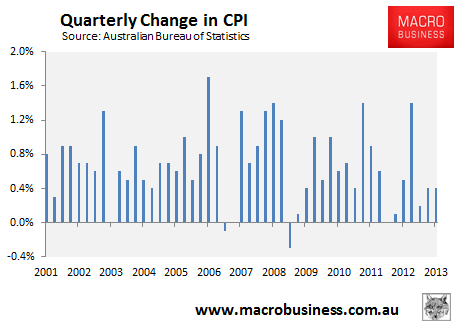
On an annual basis, headline CPI growth slowed to 2.4% from 2.5% in the March quarter, which is roughly in the middle the Reserve Bank of Australia’s (RBA) target of 2% to 3% growth over the medium term. Obviously, annual inflation was also affected by the one-off boost from the introduction of the carbon tax:
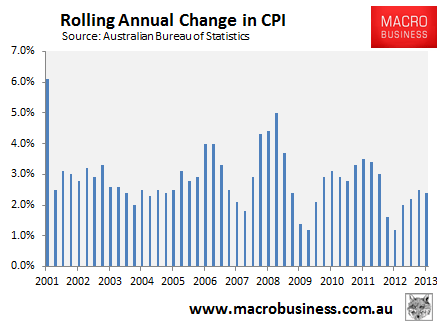
Overall, the CPI result was below analyst’s expectations, who had tipped the index to rise by 0.5% over the quarter and by 2.5% over the year.
Looking at the core components, you can see that it was a mixed bag, with eight categories recording price rises and three price falls. Particularly large price rises in the June quarter were recorded in clothing & footwear and health, whereas transport and recreation & culture prices fell:
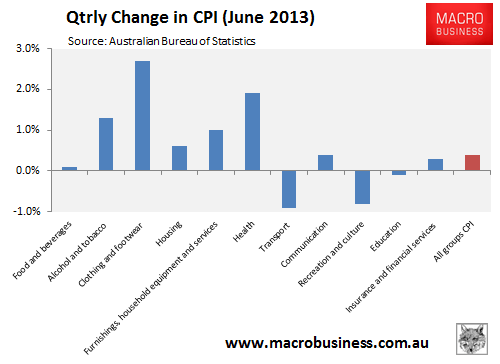
Over the year, solid price growth was experienced across health, education and housing, whereas clothing & footwear, furnishings, household equipment & services, transport, and recreation & culture experienced minimal change (see next chart).
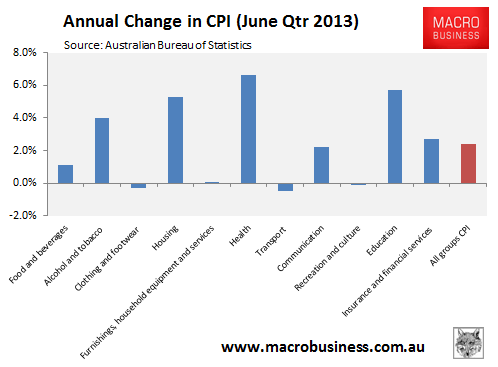
Finally, the ABS includes an ‘analytical series’, which provides alternative measures of underlying inflation in the economy. These measures – namely the trimmed mean and weighted median – aim not to measure the size of inflation (which is captured by the headline figure), but the breadth of price inflation across the basket of consumer goods and services.
The purpose of these measures is to exclude unusually large price movements (in both directions) of just a few of the subgroups, which may have quite an impact on the headline CPI. By excluding these outliers, you can get a feel for how widespread across the consumer basket inflation really is (see here for further details).
According to the ABS, the trimmed mean and weighted median measures differed from the headline result, rising by 0.5%/0.7% (trimmed mean / weighted median) in the June quarter and by 2.2%/2.6% (trimmed mean / weighted median) over the year – still towards the middle of the RBA’s inflation target (see below charts).
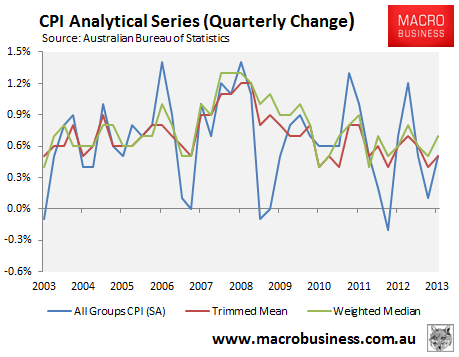
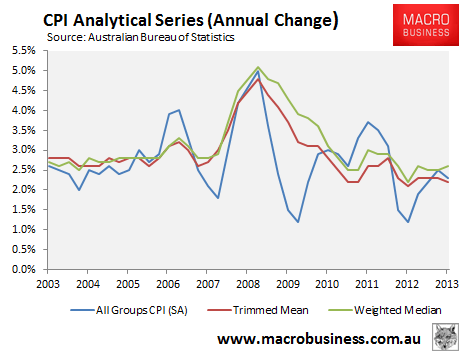
In summary, inflationary pressures across the Australian economy remain in check, with the headline, trimmed mean and weighted median CPI measures all tracking well within the RBA’s target band.
That said, with 40% of the CPI basket classified as tradable and exposed to changes in exchange rates, inflation could soon rise as the Australian Dollar depreciates. To highlight this point, consider the below charts tracking tradable inflation (dominated by imports) and non-tradable inflation (mostly services). As you can see, non-tradable inflation has barely shifted over the past decade or so – held down by the rising Australian Dollar – whereas non-tradable inflation has grown strongly:
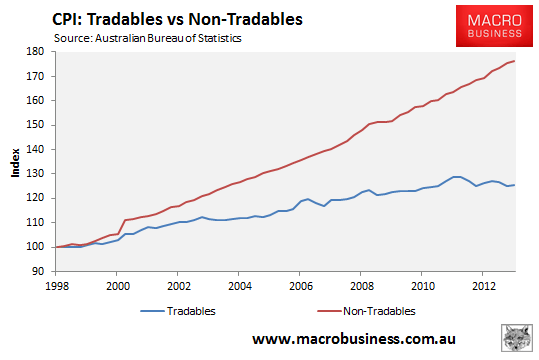
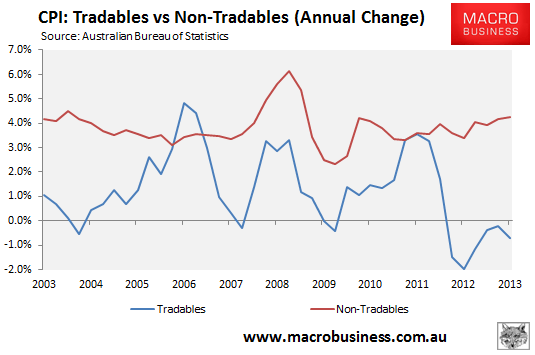
Should the Australian Dollar continue to devalue, it stands to reason that it would put upward pressure on tradable prices, pushing-up overall inflation in the process.

